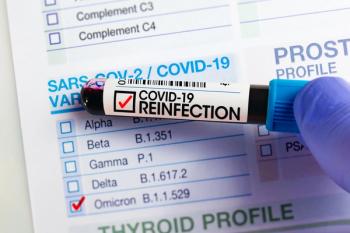
Gaps in Health Insurance Coverage: Devastating for Diabetics
Constant access to health benefit coverage is critical for successful preventive care.
Constant access to health benefit coverage is critical for successful preventive care.
A recent
Researchers in Oregon combed the electronic health records of 3384 patient with diabetes and determined whether they received 4 recommended preventive health services (flu vaccine, blood sugar level test, kidney function test, and cholesterol screening) from 2005 to 2007. The study subjects were all patients at federally qualified health centers that provided free or low-cost care.
The researchers also tracked the health insurance status of these patients, and found that during the 3-year study period, 52% had continuous medical coverage, usually from Medicaid, 27% had no health insurance coverage at all, and 21% had intermittent access to health insurance. The study did not include patients who had private insurance.
Of the patients with constant access to insurance, 48% received at least 3 cholesterol tests, 25% got 3 or more flu shots, 72% had 3 or more blood glucose screenings, and 19% had the kidney function test. Patients in the no-insurance and intermittent-insurance groups received fewer of these services than their insured counterparts, according to the study authors. Interestingly, the patients who began the study without access to insurance but who later gained insurance coverage still received preventive services at lower rates than the continuously insured.
Rachel Gold, PhD, MPH, of the Kaiser Permanente Center for Health Research in Portland, Oregon, and the lead author of the study said, “Our study shows that patients need continuous health insurance coverage in order to ensure adequate preventive care, even when that care is provided at a reduced cost.”
To help fill the gaps in preventive care made evident by this study, pharmacists can remind patients of the importance of receiving their annual flu shot, and encourage them to take advantage of free and low-cost screenings run by local pharmacy schools or other organizations.
This study, which was funded in part by the National Institutes of Health, appeared in the January/February issue of the Journal of the American Board of Family Medicine.
Newsletter
Stay informed on drug updates, treatment guidelines, and pharmacy practice trends—subscribe to Pharmacy Times for weekly clinical insights.


















































































































































































































